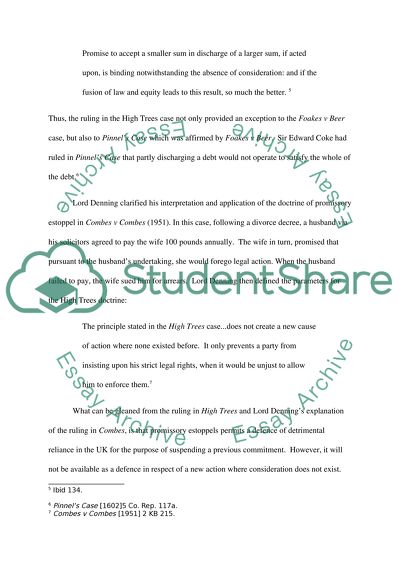Cite this document
(“Business and The Law - Promisory Estoppel(case of Central London Essay”, n.d.)
Retrieved from https://studentshare.org/environmental-studies/1405648-business-and-the-law-promisory-estoppelcase-of
Retrieved from https://studentshare.org/environmental-studies/1405648-business-and-the-law-promisory-estoppelcase-of
(Business and The Law - Promisory Estoppel(case of Central London Essay)
https://studentshare.org/environmental-studies/1405648-business-and-the-law-promisory-estoppelcase-of.
https://studentshare.org/environmental-studies/1405648-business-and-the-law-promisory-estoppelcase-of.
“Business and The Law - Promisory Estoppel(case of Central London Essay”, n.d. https://studentshare.org/environmental-studies/1405648-business-and-the-law-promisory-estoppelcase-of.


